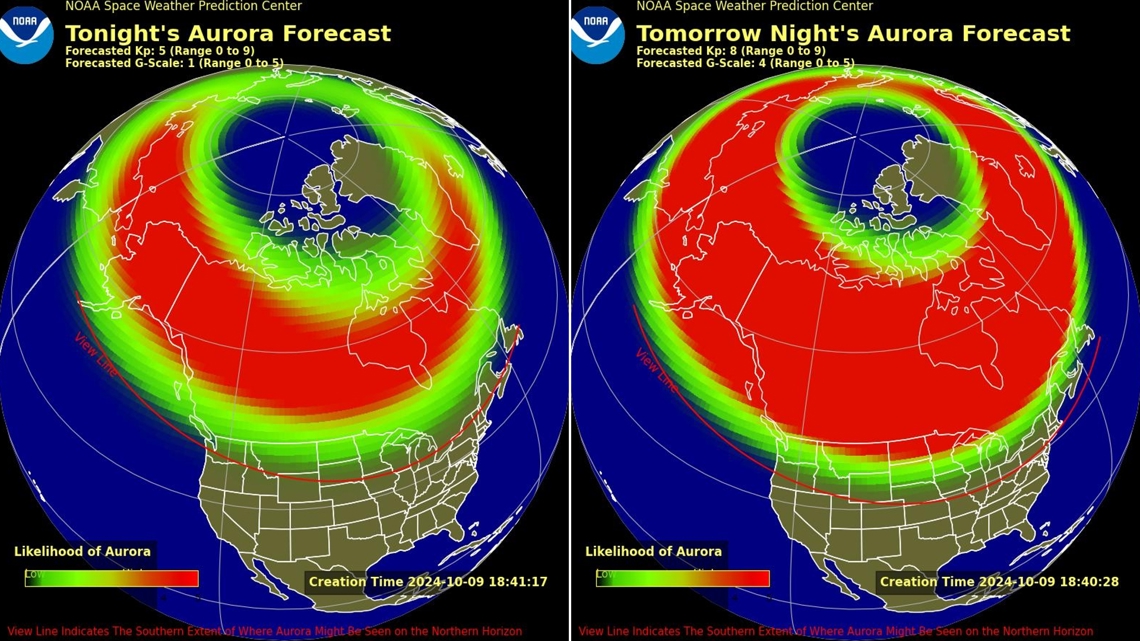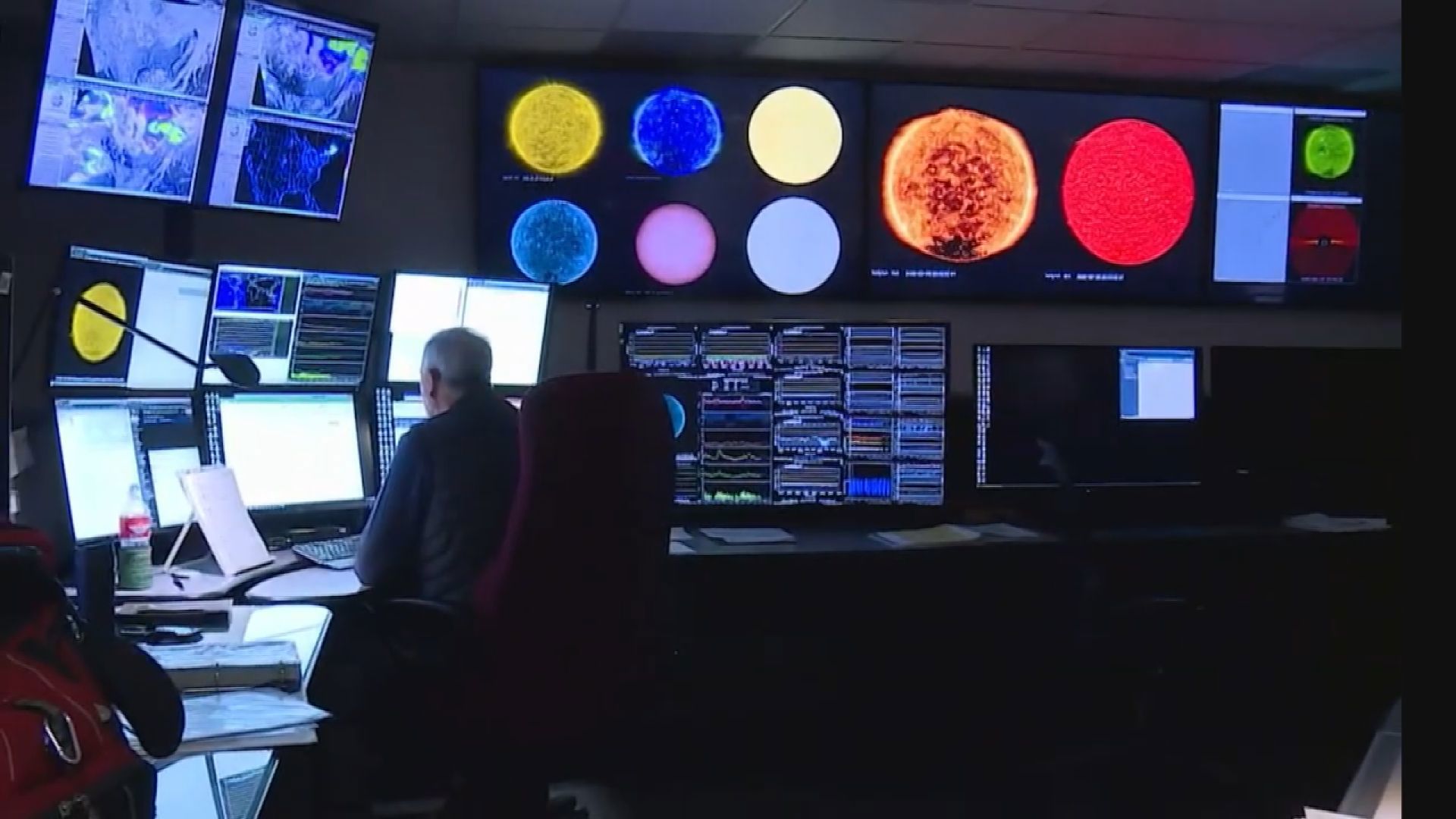SEATTLE — Aurora chasers have been hunting down the northern lights since the historic May 11 storm, and they often have a head start thanks to our improved ability to forecast space weather.
Space weather forecasting is a relatively new science. The Space Weather Prediction Center went online in the mid-2000s when we realized how much space weather impacts technology we use every day. The National Oceanic and Atmospheric Administration (NOAA) runs it along with eight other environmental prediction centers.
Space weather was mainly unknown before the space age. The earth’s atmosphere does such a good job of protecting us that we were largely unaware of what was happening in space. But as soon as satellites started flying in the late 1950s, discoveries began. The earliest satellites discovered unknown belts of high energy radiation surrounding the Earth. Mariner 2 confirmed the existence of the solar wind for the first time in 1962.
As late as the mid-1990s, we had no satellites that continuously monitored the sun from above the atmosphere. This seriously hampered our ability to forecast solar storms. It would be like trying to understand our earthly weather by sporadically taking measurements inside your house.
In the late 1990s and early 2000s, many new spacecraft were launched to observe the sun continuously and from many angles. This led to the discovery of coronal mass ejections (CME) that can trigger geomagnetic storms. Currently there are about 19 sun-observing spacecraft. Some are parked between the earth and sun to give us an early warning about approaching solar storms.
Rob Steenburgh, a scientists with the Space Weather Prediction Center, highlighted the coronagraph as another important development in furthering our understanding of space weather. A coronagraph is an instrument that blocks out light from the sun so scientists can see its outermost layer, the corona.
“You can think of it again like a revolution with the radar with the introduction of Doppler, because in the early days, we couldn't see those coronal mass ejections come off the sun, or at least not very well,” Steenburgh said.
Right now, scientists can forecast geomagnetic storms one to four days before they reach Earth, though they sometimes have trouble determining how hard they will hit the Earth’s magnetosphere making it hard to judge how strong the geomagnetic storm will be.
Today, space probes are flying closer to the sun gathering ever more precise information. The Parker solar probe has flown through the sun’s 2 million-degree atmosphere, the corona. And in 2023, it was blasted by a CME and survived.
These observations combined with others are finally helping us build computer models that will allow us to forecast and prepare for space weather events, just like we do for storms on Earth.
How to check the northern lights forecast
You can check the aurora forecast yourself on the Space Weather Prediction Center website.
The dashboard provides maps to show you which areas are likely to see the aurora. Your best chances are in areas above the red view line, and the more red shading you see on the map, the stronger the aurora chances are.


You can also see real-time forecast maps for the next few minutes to track the aurora as you’re looking for it.
There are two common ways that scientists measure the strength and intensity of solar storms: the Kp index and the G scale.
The Kp index ranges from zero to nine, representing geomagnetic activity on an increasing scale. When it reaches Kp 5, activity has reached storm level. It is also measured using the geomagnetic G scale from G1 (minor) to G5 (extreme).
When the Kp index is five and the G scale is one, you can expect to see the northern lights as far south as Seattle or Toronto and experience weak fluctuations in the electrical grid, minor satellite disruptions and possibly migrating animals.
The May 11 geomagnetic storm, which was the strongest in over 20 years, was a G5 storm.

